The Secret Relations Between Blacks and Mexicans
By Diogenes Muhammad -Guest Columnist- | Last updated: May 28, 2014 - 3:36:47 PMWhat's your opinion on this article?
One-Drop Classification: one people forever united against oppression
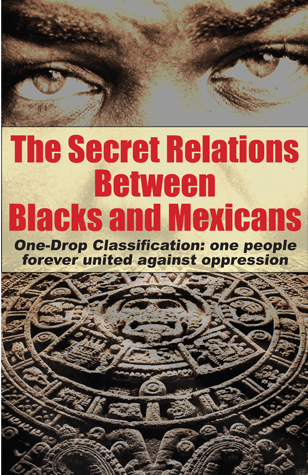
|
Not long ago, Mexican-American TV host and comedian George Lopez was handed his DNA ancestry results by Mariah Carey – after the question was posed as to whether he would fall under the proverbial one-drop (African) racial classifi cation. Lopez’s results showed a 4 percent African blood.
“Texican” actress Eva Longoria’s 3 percent African ancestry surfaced in DNA taken by PBS series Faces of America (Henry Louis Gates, Jr.). And National Geographic’s Genographic Mexican-American reference population attributes a 4 percent African contribution to the “La Raza” pool. The “Mestizo” – the proverbial “La Raza” Mexicano – customarily extols his Indian roots, and laments and or praises his Spanish roots – but rarely is the African part acknowledged.

Eva Longoria
|
It is estimated that when Hernan Cortes arrived in Mexico in 1519, the indigenous population was about 27.6 million inhabitants. By 1605 only 1.7 million indigenous people had survived, a population decrease mulattoes; 15,000 Spaniards, and 80,000 Indians. Gemelli Careri, in his 1698 visit, concluded, “Mexico City contains about 100,00 inhabitants, but the greatest part of them are Blacks and Mulattoes by reason of the vast number of slaves that has been cessation of the slave trade the enslaved population steadily declined. However, the numbers of free Blacks grew and by 1810 comprised 10 percent of the population or roughly 624,000 people.
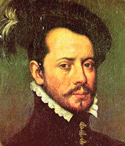
|
In 1591 Viceroy Don Luis de Velasco reported the existence of a group of cimarrones (Maroons) who had resided for the previous 30 years on a mountain called Coyula who “live as if they were actually in Guinea.” He referred to the famous case of Yanga, the Muslim maroon leader, who after fi ghting 30 years against the Spanish crown signed a peace accord and founded San Lorenzo de Los Negros, establishing the fi rst “freedom enclave” in Mexico.
Mule driving, one of the lowest and frowned upon occupations, was almost completely carried out by Blacks and Afro-Indians. Mule drivers were plentiful in Mexico, thanks in part to the lack of roads for carts and carriages. Although considered unpleasant rowdies by the rich, Muleteers were welcomed in rural villages for bringing the latest news, songs and the hottest jokes about authority fi gures; moreover, mule trains traditionally carried contraband. From this occupation came many a fi ghter for Mexico in the war with Spain, including Vicente Guerrero, the Afro-Indian who became the second President of Mexico. Guerrero was a descendant of enslaved Africans brought to Mexico during colonial times. He was raised in the mountain town of Tixtla and spoke many indigenous languages.
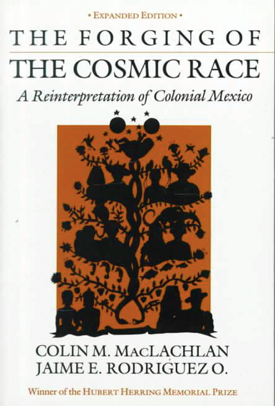
|
It is estimated that by the end of the Spanish domination, the Mestizo population was 40 percent, which included a large number of Afro-Mestizos.
Who is the Mestizo?
One scholar declared the Mestizos were the “revolutionary class.” McLaughlin and Rodriguez in “Forging of the Cosmic Race” identifi ed the mestizo as the “arch-typical Mexican.” These statements, however, really fail to defi ne the Mestizo. The word Mestizo is applied to mixed races, people who are darker than White.
During the war of independence 1810- 1821, about 30 to 40 percent of mixed race Mexicans had African in their mix and were more likely to be militant. The Afro-Mestizo was placed between a rock and a hard place—and his inclination toward militancy came from the racist laws limiting jobs, places of residence, and marriage that set Blacks apart. Moreover, slavery was reserved for Africans only, be they mixed or pure. Census data reveal that “from Southern Talisco to Southern Michoacán and through the sugar plantations near Cuautla in Morelos 37% of the population was Afro-Mexican in 1810. The Huasteca uphill region behind the port of Tampico, census data shows the Tampico coast as much as 78 percent Afro Mexican, and in the highlands only 17 percent, the other 83 percent was comprised of Huasteca Indians. West of the Cuautla Valley, 50 percent of the population was Afro Mexican” and it was there that the longest battle of the independence war was fought.
Emiliano Zapata, the Afro-Indian revolutionary hails from the Cuautla Valley. Rarely seen or acknowledged today, the current estimated Afro-Mexican population in Mexico is 450,000.
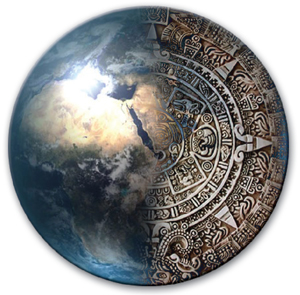
|
The Afro-Mestizo was predominant in Morelos’ independence army, which was another reason for targeting, otherwise Morelos would not have viewed this threat as a cancer.
The Mexican war of independence claimed as many as one million lives, many of them Afro-Mexicans. The tragic massacre that took place during Mexico’s war of independence is vividly recounted by one scholar: “The Creole officers, faithful to their gachipin (Spaniard) generals, were willing to massacre the insurgents, and the mestizos and mulattos who formed the rank and file of the army were blindly obedient … when they met the Spaniards in battle, some of them tried to put the Spanish cannon out of action by throwing sombreros over their mouths.”
Where is the Afro-Mexican? Hundreds of thousands died in the war of independence fertilizing Mexican soil, the rest has been absorbed in the genetic pool of the Mexican mestizo.
By 1827 hardly any “Negro” slaves were left in Mexico. The whole slavery issue would have been history were it not for the fact that Texas, in the Northern part of Mexico, was being encroached upon by slave holding Anglos who brought slaves with them to settle unoccupied areas of Texas.
Mexico’s effort to end slavery throughout her territory met with opposition and by the fall of 1825 almost one out of five persons in Texas was a “Negro” slave.
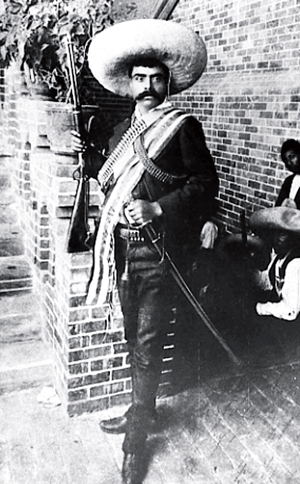
Emiliano Zapata appears in this undated photo. Zapata is widely renowned as the voice of the Mexican Revolution, which began in 1910 because peasants were angry with the government for stealing their land. Photo: AP/Wide World photos
|
After the Mexican American War wherein Mexico lost nearly 50 percent of its territory, fugitive slaves still crossed the border seeking refuge from the merciless oppression of their masters. Mexico once more reaffirmed her protection of fugitive slaves recommitting in the Constitution of 1857 to freedom for all fugitive slaves who set foot on Mexican soil.
Mexico also constitutionally banned any intentional extradition treaty-covering individuals who had been slaves.
When in 1857 James Frisby, a “Negro” seaman jumped ship in Veracruz and claimed to have been a slave in New Orleans “whose master had signed him on board the Metacomet as crew;” the port captain refused to turn him over. U.S. Representative in Mexico John Forsyth resorted to arm-twisting Mexico even to the point of declaring that Mexico extended a privilege to the seaman because of the “ebony color of his skin.” Forsyth berated Mexico for letting a Black get away with what those of “pure white blood … the master blood of the earth … blood which has conquered and civilized and Christianized the world.” Forsyth in his rage declared, “If Mexico is so deeply imbued with the mania of negrophilism [love of “Negroes”] … imprisoning our White Citizens and making free our Slaves, as fast as they put foot on Mexican soil, cannot long endure consistently with peace and harmony between the two countries.” Forsyth failed to intimidate Mexico, and she remained adamant in her defense and protection of fugitive Black slaves.
Despite all threats and the loss of 50 percent of its territory, Mexicans continued to extend a helping hand to escaping Black slaves from the United States, the imperialist power to the North.
Continuing that tradition, this new millennium shall witness the Unity and Oneness of Blacks and Mexicans in order to strengthen our common goal towards freedom, justice and equality under the Creator of the heavens and the earth, our true and common origin.
(Diogenes Muhammad is a “Latino” Muslim pioneer and a contributing writer for The Final Call and its forerunner Muhammad Speaks.)

|
Related news:
Don’t be fooled: Latino = Indigenous (FCN, 05-01-2014)
Hispanic, Latino, or Indigenous (FCN, 10-23-2009)
The Basis Of Black-Latino Unity Is Not Political (FCN, 07-24-2001)
INSIDE STORIES AND REVIEWS
-
-
About Harriett ... and the Negro Hollywood Road Show
By Rabiah Muhammad, Guest Columnist » Full Story -
Skepticism greets Jay-Z, NFL talk of inspiring change
By Bryan 18X Crawford and Richard B. Muhammad The Final Call Newspaper @TheFinalCall » Full Story -
The painful problem of Black girls and suicide
By Charlene Muhammad -National Correspondent- » Full Story -
Exploitation of Innocence - Report: Perceptions, policies hurting Black girls
By Charlene Muhammad -National Correspondent- » Full Story -
Big Ballin: Big ideas fuel a father’s Big Baller Brand and brash business sense
By Bryan Crawford -Contributing Writer- » Full Story






 Click Here Stay Connected!
Click Here Stay Connected!








